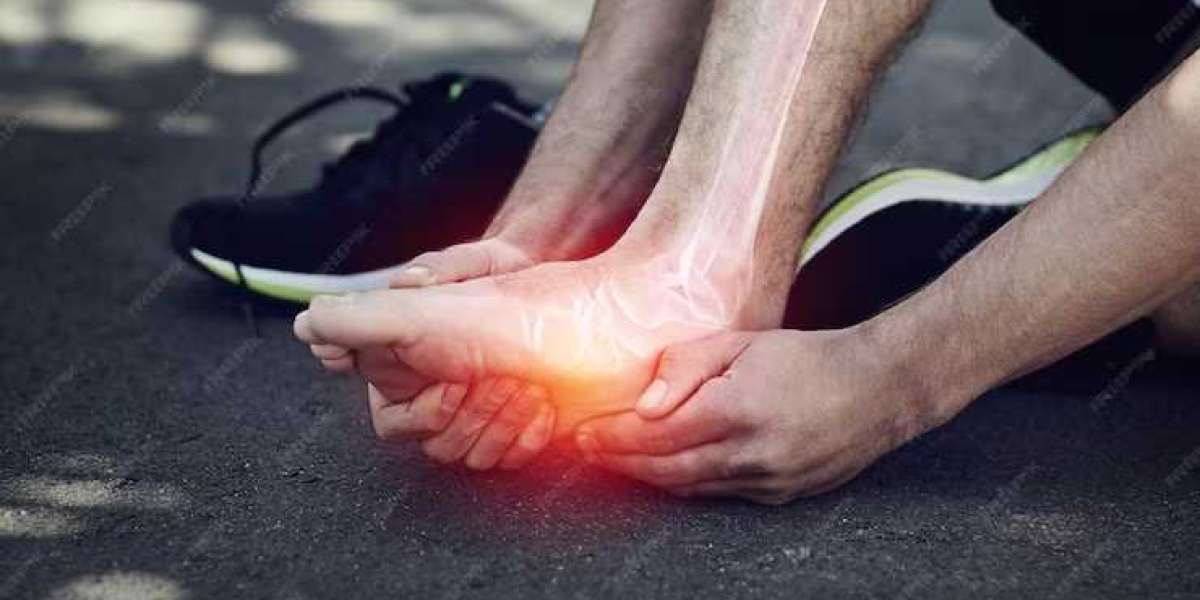A broken bone, or fracture, disrupts the body's structural integrity. While a doctor diagnoses the fracture itself, nurses play a crucial role in identifying and addressing the patient's responses to the injury. This process involves utilizing nursing diagnoses for fractures. These diagnoses guide nurses in developing a personalized care plan to optimize healing and recovery.
Understanding Nursing Diagnosis for Fracture
Nursing diagnoses differ from medical diagnoses. Nursing Diagnosis for Fracture focuses on the patient's experience with the fracture, such as pain, limited mobility, or risk of infection. Nurses assess these factors through patient interviews, physical examinations, and reviewing medical records.
Common Nursing Diagnoses for Fractures
Several nursing diagnoses commonly apply to patients with fractures. Here are some key examples:
- Acute Pain: Fractures cause significant pain, hindering movement and overall well-being. Nursing Diagnosis for Fracture, in this case, helps guide pain management strategies.
- Impaired Physical Mobility: Pain, splinting, or casting often restrict the ability to move and perform daily activities. Nursing Diagnosis for Fracture for Impaired Mobility ensures the patient receives support with daily tasks.
- Risk for Infection: Open fractures, where the bone protrudes through the skin, increase the risk of infection. Nursing Diagnosis for Fracture for Risk of Infection prompts close monitoring and preventative measures.
- Deficient Knowledge: Patients with fractures often have questions and require education about their injury, treatment plan, and recovery process. Nursing Diagnosis for Fracture: Deficient Knowledge ensures patients receive proper guidance and support.
Developing a Care Plan Based on Nursing Diagnoses
Once nurses establish nursing diagnoses for fractures, they collaborate with doctors and other healthcare professionals to develop a comprehensive care plan. This plan outlines specific goals and interventions to address each diagnosis. For instance, a plan for acute pain might involve administering pain medication and implementing relaxation techniques. Similarly, a plan for impaired mobility would incorporate strategies like using assistive devices or practicing safe mobility techniques.
Additional Nursing Diagnoses for Fractures
While the diagnoses mentioned earlier are common, other nursing diagnoses might be appropriate, depending on the individual situation.
- Risk of Skin Breakdown: Immobility and the presence of casts or splints can increase the risk of skin breakdown. Nursing Diagnosis for Fracture, in this case, prompts regular skin assessments and preventive measures like maintaining skin hygiene and repositioning the patient frequently.
- Social Isolation: Fractures can limit a patient's ability to participate in social activities, leading to feelings of isolation. Nursing Diagnosis for Fracture for Social Isolation Encourages Social Interaction and Support Systems.
- Ineffective Coping: The pain, limitations, and emotional stress associated with fractures can challenge a patient's coping mechanisms. Nursing Diagnosis for Fracture for Ineffective Coping helps identify healthy coping strategies and provide emotional support.
- Self-Care Deficit: Depending on the fracture's location and severity, patients might struggle with basic self-care activities like bathing, dressing, or toileting. Nursing Diagnosis for Fracture for Self-Care Deficit ensures the patient receives assistance and training in performing self-care tasks safely.
Collaboration and communication
Nursing diagnoses for fractures guide nurses not only in developing a care plan but also in communication with patients, families, and other healthcare professionals. Clear communication ensures everyone involved understands the patient's condition, goals of care, and potential complications. Nurses play a key role in educating patients about their injuries, treatment options, and recovery expectations. They also collaborate with doctors, physical therapists, occupational therapists, and social workers to ensure a coordinated approach to care.
Importance of Early Assessment
Early and accurate identification of nursing diagnoses for fractures is crucial for optimizing patient outcomes. By promptly addressing potential problems, nurses can help prevent complications, promote healing, and improve the patient's overall well-being.
Conclusion
Nursing Diagnosis for Fracture is a vital tool that empowers nurses to provide holistic care to patients with fractures. By identifying and addressing patients' specific needs and responses to the injury, nurses can significantly improve their healing journey. For trustworthy resources on fracture care and rehabilitation, visit [invalid URL removed]. [shorter than 20 words].
FAQs
What are the signs and symptoms of a fracture?
Common signs include pain, swelling, bruising, deformity, and difficulty moving the affected area.
How long does it take for a fracture to heal?
Healing time varies depending on the location and severity of the fracture. Most fractures heal within 6–8 weeks.
Can I shower with a cast?
Generally, no. Consult your doctor for specific instructions on cast care.
What can I do to relieve pain at home?
Apply ice packs (wrapped in a towel) to the affected area for short intervals. Elevate the injured limb if possible. Your doctor might recommend over-the-counter pain medication.
What exercises can I do to maintain mobility?
Your doctor or physical therapist will recommend specific exercises to maintain strength and range of motion in unaffected areas and prevent stiffness in the injured area.
What should I eat to promote healing?
Focus on a nutritious diet rich in calcium, vitamin D, and protein to support bone health and healing.



